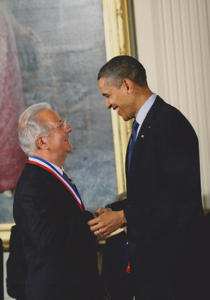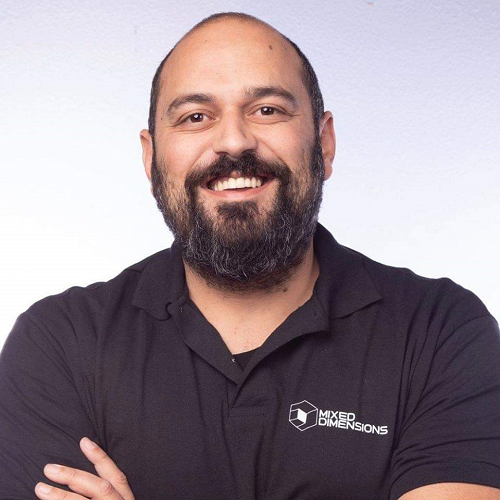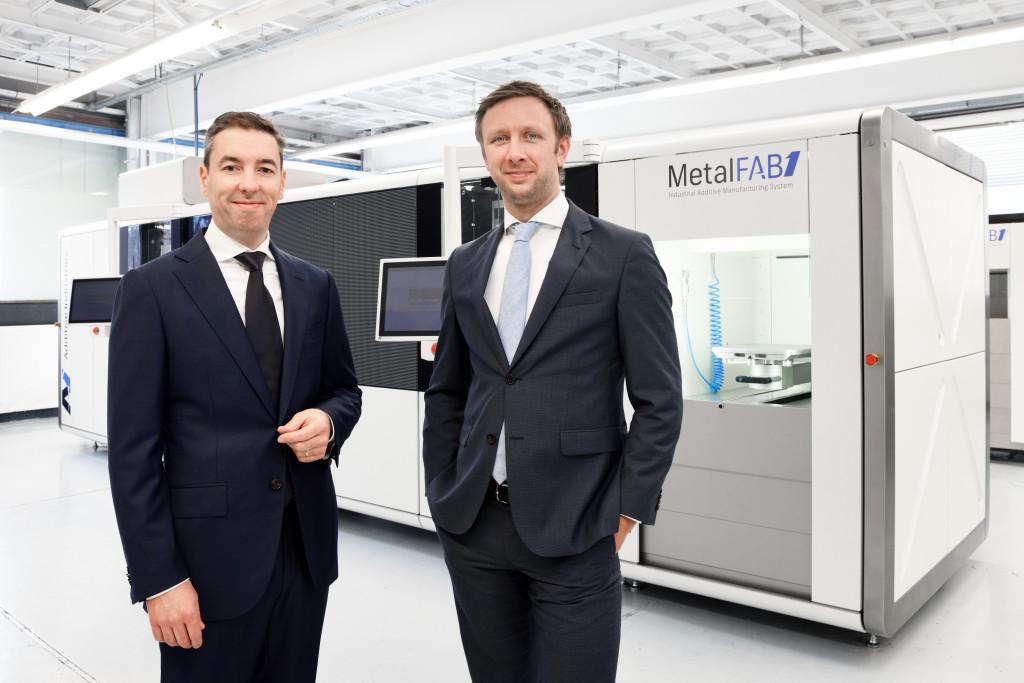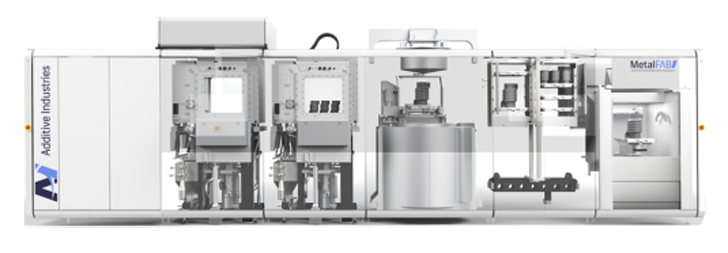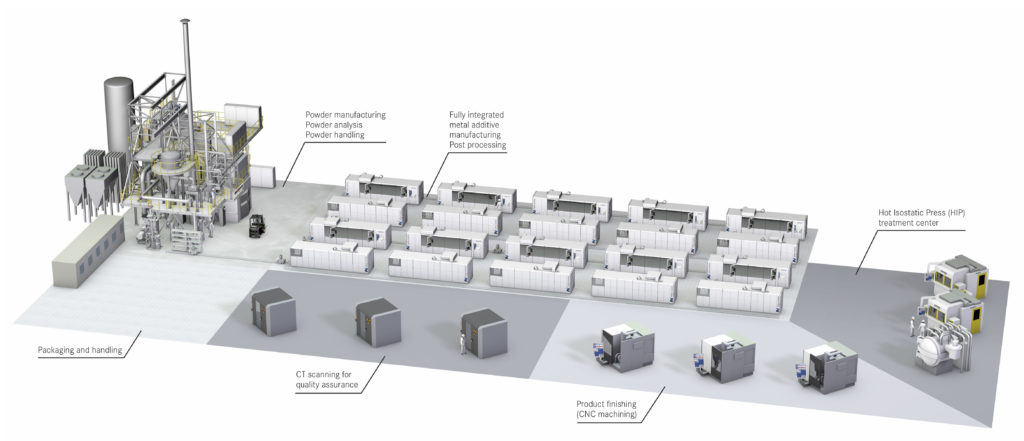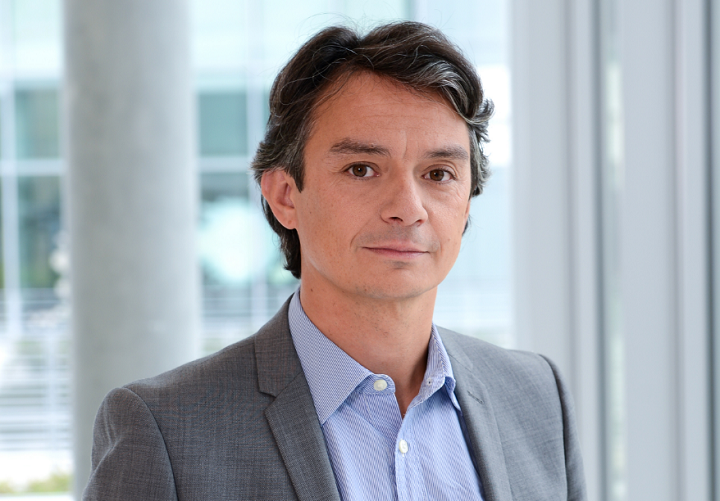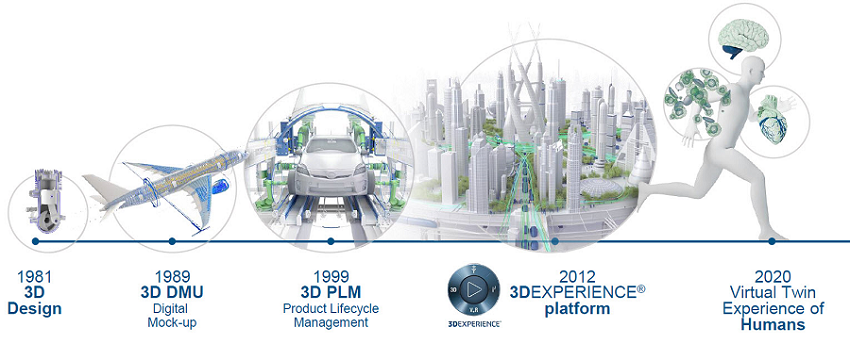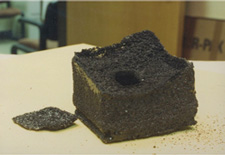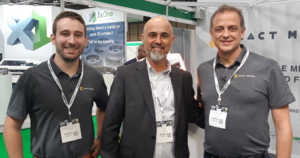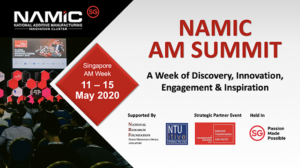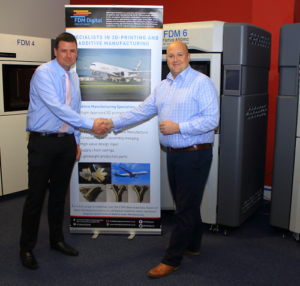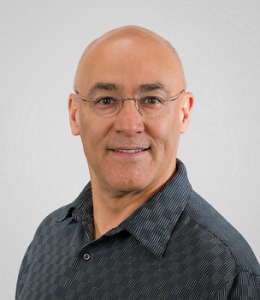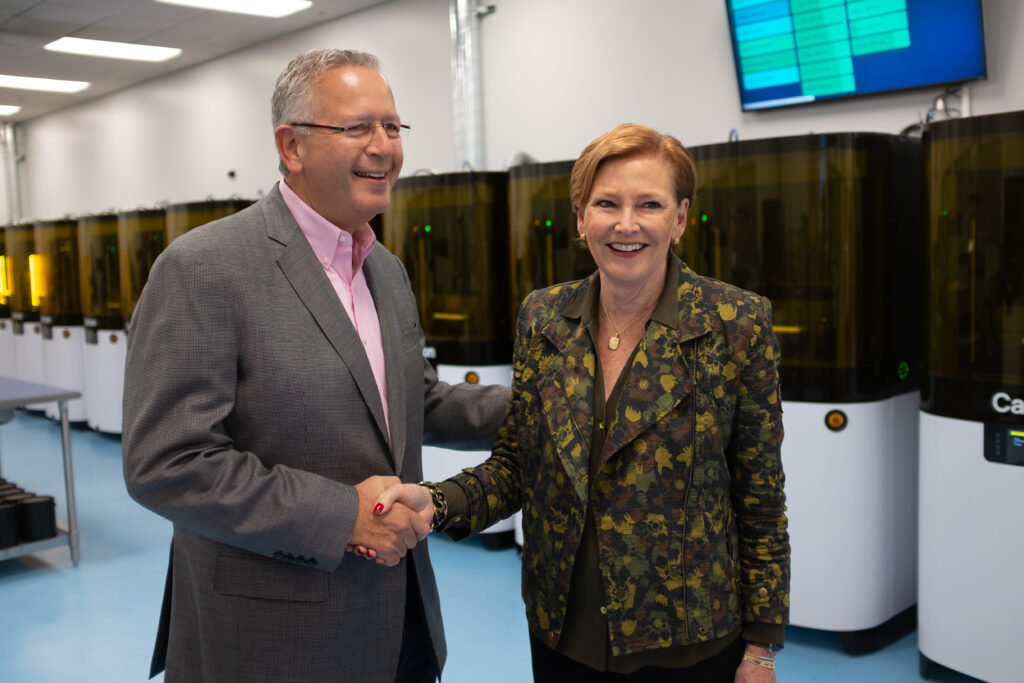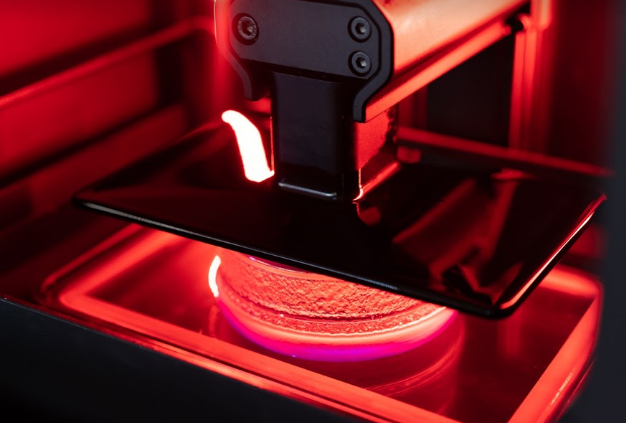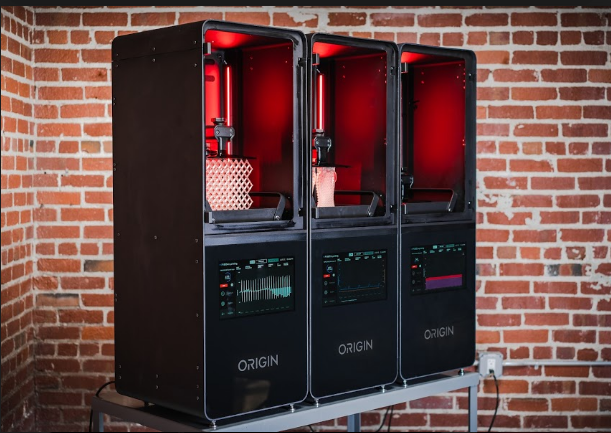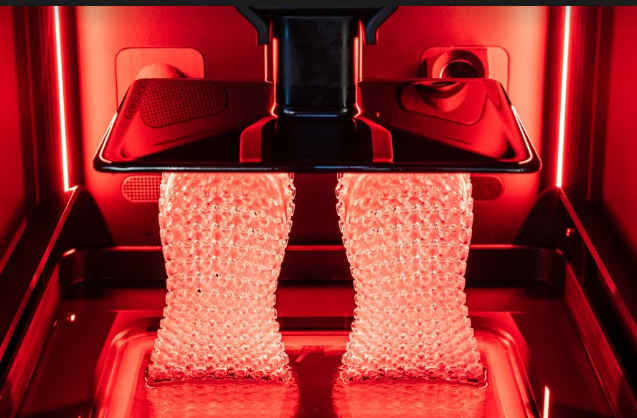We’re covering 3D printing business stories in today’s 3D Printing News Briefs, including investments, partnerships, industry executives, and annual reports. Federico Faggin, who invented the microprocessor, is investing in Roboze, and BCN3D is partnering with CREA3D. 3D Systems has named its new CFO. Finally, ASTM International’s Additive Manufacturing Center of Excellence has released its second annual report.
Microprocessor Inventor Invests in Roboze
Italian-American 3D printer manufacturer Roboze has announced that physicist Federico Faggin, the inventor of the microprocessor and co-inventor of both the touchpad and touchscreen, is investing in the company, which designs and produces industrial 3D printers for the production of functional thermoplastic and carbon fiber reinforced parts. Additionally, the prolific inventor will be joining the company’s Advisory Board as a technological consultant. Born in Italy but a naturalized US citizen, Faggin has helped shape modern computer science and won multiple international awards for his efforts, including the United States of America’s National Medal of Technology and Innovation. As a member of the Roboze Advisory Board, he will help the company as it works to increase the development of additive manufacturing solutions.
“A few years ago I met Alessio Lorusso and I recognized in him an exceptional foresight and remarkable creative and organizational skills. With great enthusiasm, I therefore accepted his offer to be part of the ROBOZE Advisory Board,” Eng. Faggin said. “I am proud to see an Italian company that knows how to compete in the global economy with cutting-edge products in such a demanding sector and I am pleased to make my experience available so that ROBOZE can grow as it deserves.”
BCN3D and CREA3D Announce Distribution Partnership
 Speaking of Italy, Barcelona-based BCN3D Technologies has announced a distribution agreement with Italian 3D printer distributor CREA3D in order to increase growth in Italy’s 3D printing market. CREA3D has been providing professional 3D printing solutions through both B2B and B2C channels since 2013, and has created a strong online and offline presence for itself. Now, professionals in Italy will benefit from CREA’s distribution of BCN3D’s 3D printer portfolio, made up of the desktop BCN3D Sigma and Sigmax and the professional BCN3D Epsilon system, all of which offer a higher volume of printing per piece due to the company’s Independent Dual Extruder (IDEX) technology.
Speaking of Italy, Barcelona-based BCN3D Technologies has announced a distribution agreement with Italian 3D printer distributor CREA3D in order to increase growth in Italy’s 3D printing market. CREA3D has been providing professional 3D printing solutions through both B2B and B2C channels since 2013, and has created a strong online and offline presence for itself. Now, professionals in Italy will benefit from CREA’s distribution of BCN3D’s 3D printer portfolio, made up of the desktop BCN3D Sigma and Sigmax and the professional BCN3D Epsilon system, all of which offer a higher volume of printing per piece due to the company’s Independent Dual Extruder (IDEX) technology.
“We are pleased to cooperate with CREA3D, an alliance which will support us in increasing the sales in the Italian market, where there is a high potential for the IDEX system and the distinctive duplication, mirror and multi material printing modes,” BCN3D’s CEO Xavier Martínez Faneca said. “Their considerable experience in additive manufacturing, combined with a top-quality technical know-how makes CREA3D the right fit to help us grow and serve Italian customers in the best possible way.”
3D Systems Appoints New Chief Financial Officer
 3D Systems has announced that Jagtar Narula, the current SVP of Corporate Strategy and Business Development for Blackbaud Corporation, will be joining the company as its Executive Vice President and CFO. Beginning September 14th, Narula, who has nearly 30 years of progressive financial, business leadership, and investment strategy experience under his belt, will report to Dr. Jeffrey Graves, the company’s President and CEO. He will lead the Finance organization for 3D Systems, which includes all investor relations, finance operations, and capital deployment for growth and margin expansion.
3D Systems has announced that Jagtar Narula, the current SVP of Corporate Strategy and Business Development for Blackbaud Corporation, will be joining the company as its Executive Vice President and CFO. Beginning September 14th, Narula, who has nearly 30 years of progressive financial, business leadership, and investment strategy experience under his belt, will report to Dr. Jeffrey Graves, the company’s President and CEO. He will lead the Finance organization for 3D Systems, which includes all investor relations, finance operations, and capital deployment for growth and margin expansion.
“I am excited to have a leader of Jagtar’s experience join our team at such an important time for our company. Jagtar’s experience in leading technology companies with complex transformations and large-scale efficiency improvements will be invaluable as we transition to our new focus, align our organization and cost structure to our current revenues, and position ourselves for sustained growth and profitability in the years ahead,” stated Dr. Graves. “I want to add a special note of thanks to Wayne Pensky for serving as our Interim CFO, allowing us to move quickly to restructure the business and prepare for an exciting future ahead. Wayne will support Jagtar to ensure a smooth transition in Finance leadership for the company.”
ASTM International’s AM CoE Issues Second Annual Report
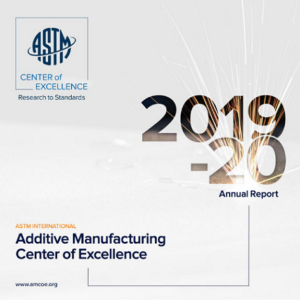 ASTM International’s Additive Manufacturing Center of Excellence (AM CoE), which was launched in 2018, has just debuted its second annual report. In addition to offering a look at future plans, the report also includes many of the AM CoE’s accomplishments over the past year, such as the creation of an international conference, in-kind investments, new additive manufacturing staff, the new AM guide for supporting COVID-19 supply chains, a technical workshop series, the development of certificate courses, and more.
ASTM International’s Additive Manufacturing Center of Excellence (AM CoE), which was launched in 2018, has just debuted its second annual report. In addition to offering a look at future plans, the report also includes many of the AM CoE’s accomplishments over the past year, such as the creation of an international conference, in-kind investments, new additive manufacturing staff, the new AM guide for supporting COVID-19 supply chains, a technical workshop series, the development of certificate courses, and more.
“Together, the AM CoE and its partners supported the advancement of AM technology through investments in new R&D projects, existing infrastructures, development of new educational offerings/partnerships, expansion of the AM team, and the growth of the center’s global footprint. The hard work and dedication of the center’s team are highlighted in this comprehensive report,” said Mohsen Seifi, PhD, ASTM International’s Director of Global Additive Manufacturing Programs.
Seifi also said that the AM CoE has “emphasized its commitment” to speeding up usage and capabilities of evolving technologies, like additive manufacturing, and empowering innovation in manufacturing.
The post 3D Printing News Briefs, August 30, 2020: Roboze, BCN3D & CREA3D, 3D Systems, ASTM International appeared first on 3DPrint.com | The Voice of 3D Printing / Additive Manufacturing.

